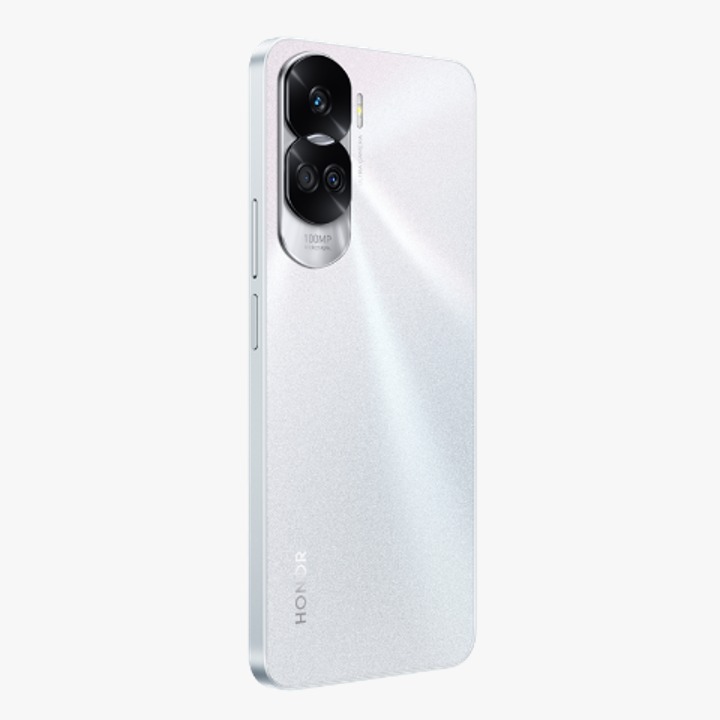How To Choose a Good And Inexpensive Smartphone?

The quest “How to choose a smartphone and what parameters to pay attention to” has to be completed by each buyer. After all, the time comes when you need to change the old device to a more modern and functional model. Purchases, as a rule, occur spontaneously, and there is a risk of acquiring something completely different from what was planned.
A rare case when a buyer comes to the store for a certain model. Usually, the choice is made between several devices, often from different manufacturers.
Read how to choose an inexpensive but good smartphone for your budget and wishes. Look at what you need to pay attention to before buying, so as not to waste your money.
Which processor is better to choose?
Even if you do not plan to play much, choose a model with a powerful chipset. The processor determines how fast the device will work. In addition, support for two or more cameras, as well as augmented reality, is also a merit of the processor.
Today, the main manufacturers of mobile processors are MediaTek and Qualcomm. MediaTek solutions are more often used in budget devices, and Qualcomm processors can be found in all price segments. Hi Honor, one of the largest manufacturers of mobile devices. You can buy HONOR 90 Lite and many of their other flagship phones.
When choosing a processor, you need to remember that the higher the clock speed and the greater the number of cores, the better. With manufacturing technology, the situation is reversed – the lower the indicator (22 nm, 14 nm, 10 nm, 7 nm), the better.
In addition, you need to focus on the numbers to indicate the processor model – the higher it is, the newer and, accordingly, the more powerful the chipset.
The amount of RAM and built-in memory
Every year, applications and games take up more and more space in the RAM of smartphones. Devices with 2 GB of RAM can no longer cope with a large number of programs and can slow down when working with them. A modern smartphone needs at least 3 GB of RAM to function properly. It’s not worth paying for extra gigabytes – 6 or 8 GB is already too much.
The amount of storage depends on what data the user stores on the smartphone. If you listen to music and shoot a lot, install a lot of games and applications, you need at least 64 GB for information storage.
If you do not store information on a smartphone and do not need a lot of games and applications, then 16 or 32 GB of internal memory will be enough for you.
Display: size, matrix type and resolution
As for the screen size, it all depends on the preferences of the user. Some people like compact 5-inch smartphones that fit easily in the palm of your hand and pockets, while others prefer devices with large screens of 6 inches or more, which are more comfortable for watching videos and playing games.
To understand if the smartphone will fit you in size, hold it in your hands before buying.
Screen matrix type
With a smartphone, we often spend several hours a day, so the screen must be of high quality. This largely depends on the type of display matrix. Budget devices often use a TN-matrix, which has poor quality and a small viewing angle. IPS-matrices can boast of high quality, excellent color reproduction and wide viewing angles.
OLED-matrices (AMOLED, Super AMOLED) transmit true black color and are more efficient in terms of power consumption compared to IPS-screens.
To understand which screen suits you best, put OLED and IPS smartphones side by side and compare them by running the same video or several pictures.
Display resolution
Screen resolution is one of the indicators of its quality. The more pixels it contains, the better the picture will be. The important thing to remember here is that the naked human eye is unable to tell the difference between 2K and 4K resolutions.
A high-resolution 4K screen not only greatly increases the cost of a smartphone, but also consumes battery power significantly. No need to overpay – choose devices with resolutions from Full HD to 2K
Conclusion
Choosing a good and inexpensive smartphone can be a daunting task. With so many options available in the market, it’s easy to get confused. However, paying attention to certain parameters can help you make the right choice. Check the processor, RAM, and built-in memory before making a decision. Also, consider the display size, matrix type, and resolution. By following these guidelines, you can choose a smartphone that fits your budget and meets your requirements. Don’t rush into making a purchase, take time to research and evaluate your options.






